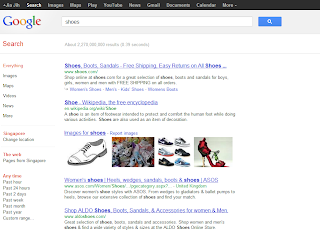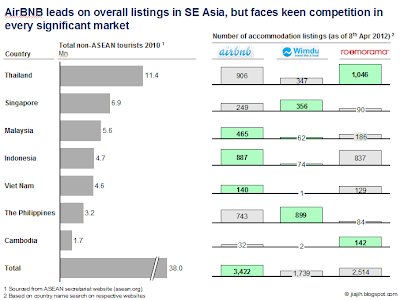
Anyone that is remotely familiar with the consulting industry would have heard of Monitor Group filing bankruptcy by now. I found it quite surprising that the firm had left things so late that it had to end up with bankruptcy (I'd have expected an earlier recognition of the need for some sort of merger). Still, some sort of shakeup has always been on the cards for the mid-sized management consulting firms. More than ever, service companies need to achieve scale at a global level. At 1,000+ employees and 27 offices, Monitor was sizable, but ultimately not nearly the scale required to become a sustainable business in the long term.
The idea of economies of scale (and scope) dates much earlier than Porter's five forces, and has it's roots more in manufacturing than in modern-day service industries. However, I think scale plays a much bigger role in today's businesses than most would imagine, and increasingly so in the business of management consulting. Some thoughts of why I believe so:
1. Business is international, even if revenues come from one specific country/region
5-10 years back, you could imagine large companies only needing to think about business and competitors within one country or region. Telecommunications is one example. Starhub, when launched in 2000, only needed to contend with two competitors SingTel and M1 in Singapore, and this was the case for years. StarHub today generates almost all it's revenues from Singapore, but it has to deal with business threats that are international: YouTube, Viber, Line to name a few. A management consulting firm now needs to be able to articulate the business environment of these competitors (in the US, Israel and Japan respectively) to comprehensively understand strategic options.
2. Blurring of lines across industries
Management consulting firms now also need expertise in multiple sectors as industries converge. It's challenging to be a telecommunications-specialised consulting outfit, if a telecommunication company's business, say Vodafone as an example, now spans everything from media to financial services to healthcare.
3. MBAs, experts and knowledge are easily accessible
The US churns out some 160k MBAs per year. At the same time, expert networks are flourishing, allowing anyone to get in touch with an expert in just about any topic. Further, startups like Quora are making it increasingly easier to find specific knowledge (Want a view of how long a fish would survive in orange juice? or for the more practical, perspectives from real entrepreneurs on how to stay ahead of startup trends ).
The combination of these factors imply that the demands on management consulting firms are ever higher. They can't just deliver a typical b-school five-forces analysis, or just provide technical 'how-to' recommendations. They now need to deliver -both- in tandem: strategy, plus specific implications to the business, right down to 'how it will happen in practice'. A management consulting firm needs to be able to pick from a large pool of talent to assemble a team that can pull this off.
4. Recruiting and building "T-shaped" talent
The other consequence of the above point is that management consulting firms need to attract and recruit 'T-shape' talent. Folks who are specialized in one area, but also have the broad toolkit for business management. To attract and retain such talent, firms need to provide regular opportunities in the area of specialization and sufficient diversity to build general business skills (e.g. a stream of projects in emerging-market healthcare and also options for pharmaceutical or hospital business ). Only the largest of the management consulting firms can offer this.
5. Exogenous shocks more frequent
The Libya case clearly hit Monitor group hard. But plenty of these happen - unplanned, exogenous events that disrupt a significant part of a business. Everything from regime changes to regional financial crises can cripple a business that's heavily project-based and indexed to business growth. Global scale, and some level of business diversity helps cushion such blows.
So, implications? My guess is that there'll be much more consolidation in the management consulting industry, particularly among the mid-tier outfits. Both between firms, as well as acquisitions by larger multi-business professional firms.


























